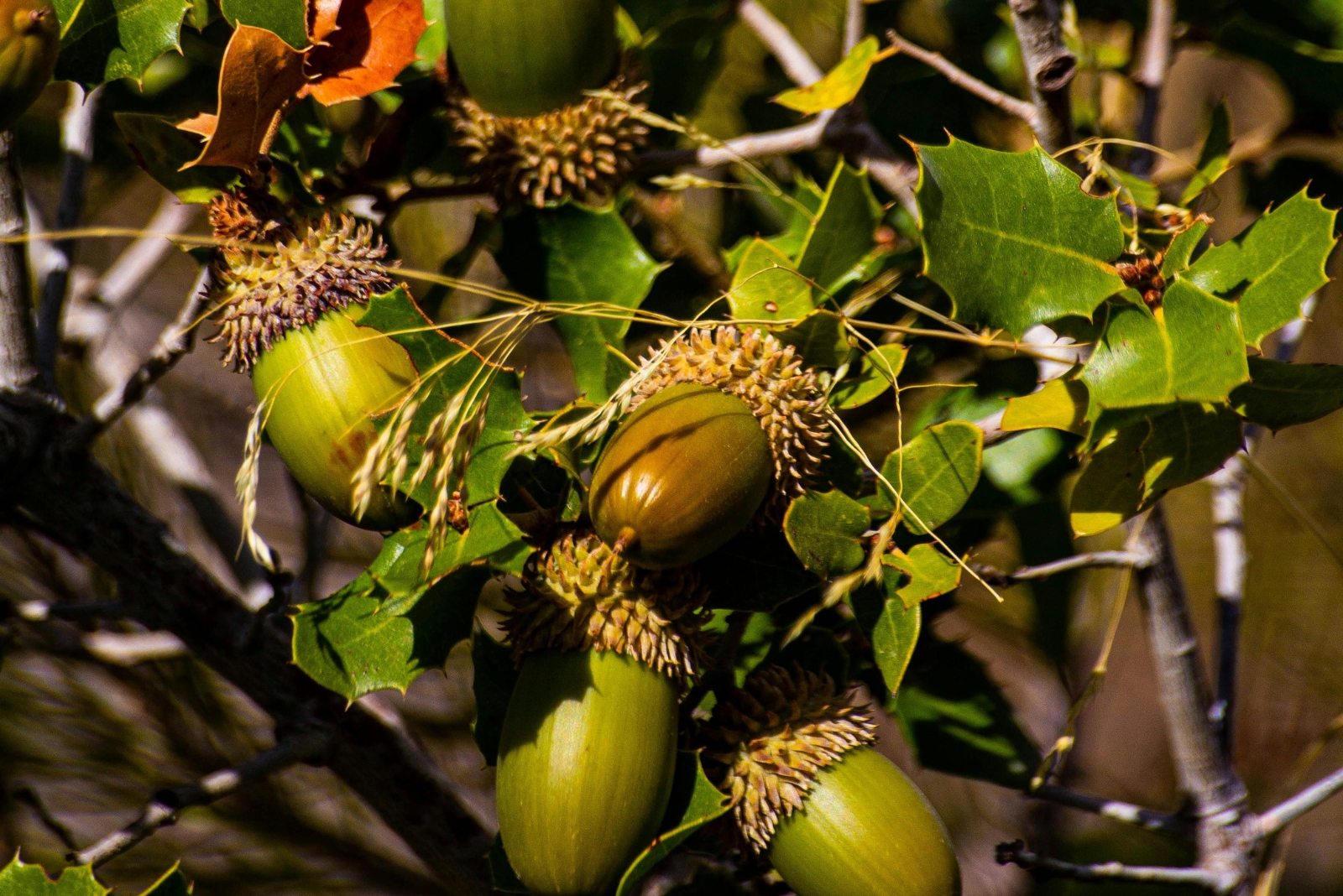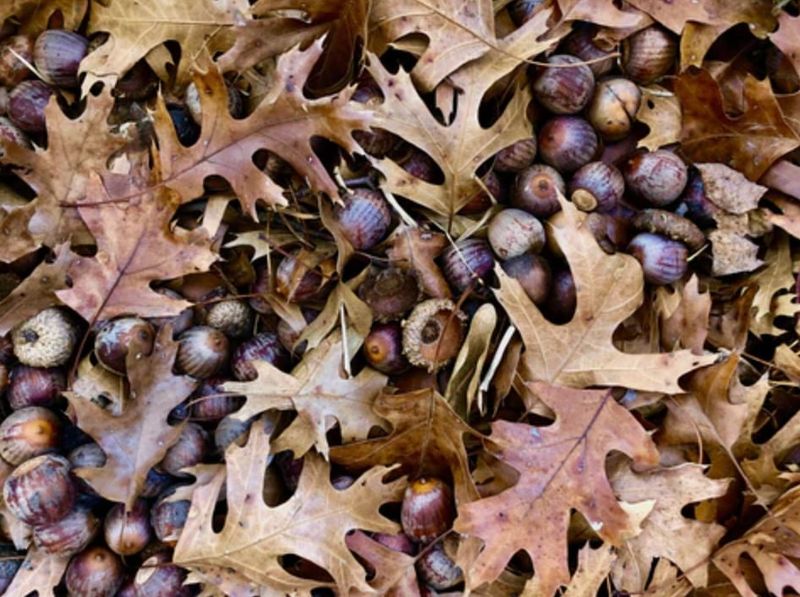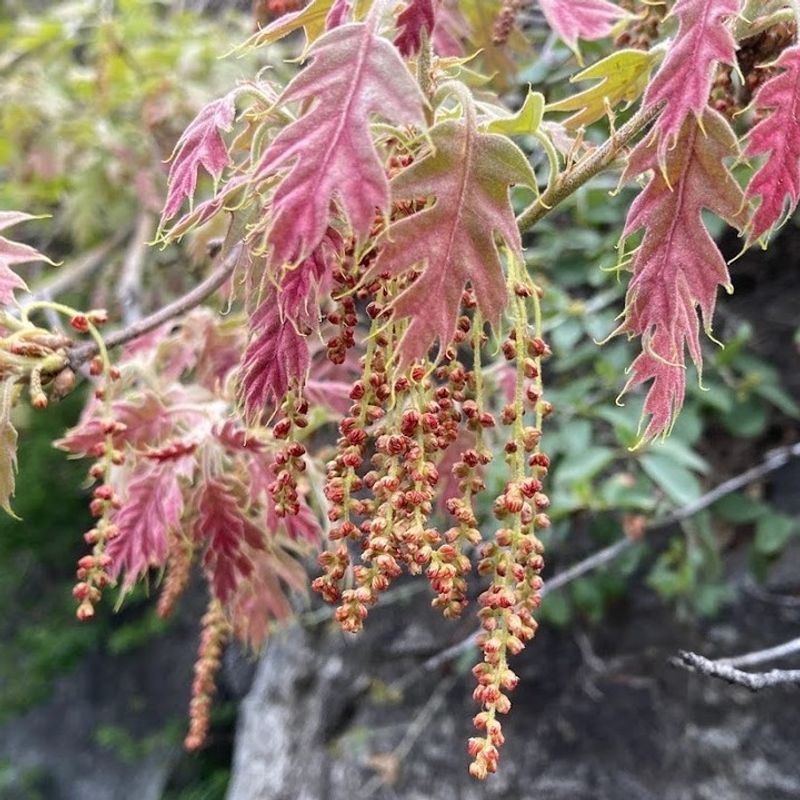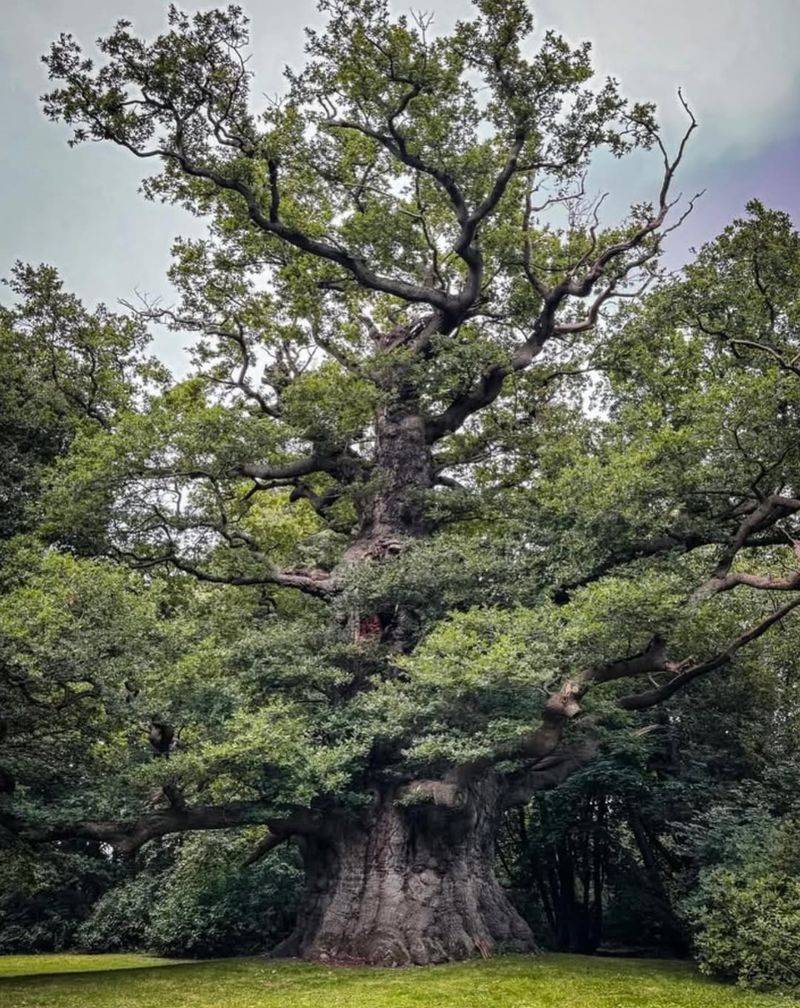More acorns underfoot often point to shifts in weather patterns, tree health, or natural cycles in Tennessee’s oak populations. Acorn production rises and falls in noticeable waves, and certain years produce heavy crops known as “mast years.”
These cycles support wildlife, influence local ecosystems, and reveal important clues about the environment. A closer look at this uptick in acorns explains why lawns and driveways across the state now show a bigger scatter of fallen nuts.
1. Mast Year Phenomenon
Oak trees follow a natural cycle where they produce massive amounts of acorns every few years. Scientists call this a mast year, and it’s nature’s way of ensuring survival.
During these boom periods, trees can drop ten times more acorns than usual. The extra production overwhelms squirrels and other animals, guaranteeing some acorns will survive to grow into new trees.
Tennessee experienced perfect conditions recently, triggering this biological response across many oak species simultaneously.
2. Perfect Weather Conditions
Weather plays a huge role in acorn production, and Tennessee had ideal conditions this past spring. Warm temperatures combined with adequate rainfall during pollination season helped oak flowers successfully develop into acorns.
Mild winters also meant the trees stored plenty of energy. When spring arrived, they channeled those reserves into creating record numbers of acorns.
The summer months stayed relatively mild too, allowing acorns to mature fully before dropping.
3. Stress Response From Previous Droughts
Trees sometimes react to stressful conditions by producing extra acorns the following year. Tennessee experienced drought periods recently, putting pressure on oak populations.
When trees sense danger, their survival instinct kicks in. They respond by creating as many seeds as possible to ensure their species continues, even if individual trees struggle.
This year’s acorn explosion might be your oaks recovering from past hardships and working overtime to reproduce.
4. Mature Oak Tree Population
Tennessee communities planted many oak trees decades ago, and they’re now reaching peak production age. Oaks typically produce the most acorns when they’re between 50 and 80 years old.
Younger trees simply can’t match this output. As neighborhoods mature alongside their trees, homeowners naturally see increasing acorn numbers over time.
Your yard might be experiencing more acorns simply because your oaks have entered their most productive life stage.
5. Multiple Oak Species Synchronizing
Tennessee is home to numerous oak varieties, including white oak, red oak, and pin oak. Each species typically drops acorns at slightly different times throughout fall.
However, environmental signals occasionally cause multiple species to synchronize their production cycles. When this happens, you’ll notice acorns everywhere because different oak types are all dropping simultaneously.
This coordination creates an overwhelming acorn blanket across properties with diverse oak populations.
6. Reduced Predator Activity
Fewer squirrels, deer, and birds in your area means more visible acorns on the ground. Various factors can reduce wildlife populations, from urban development to natural population cycles.
Animals normally consume thousands of acorns before they accumulate noticeably. Without their help cleaning up, acorns pile up faster than you’d expect.
You might actually have the same acorn production as previous years, but notice them more without nature’s cleanup crew working efficiently.
7. Climate Change Impact
Shifting climate patterns are affecting how and when oak trees produce acorns across Tennessee. Warmer average temperatures and changing precipitation patterns alter traditional growing cycles.
Research shows that climate shifts can trigger more frequent mast years in some regions. Trees respond to environmental changes by adjusting their reproductive strategies, sometimes resulting in heavier seed production.
What seems unusual now might become the new normal as Tennessee’s climate continues evolving.








